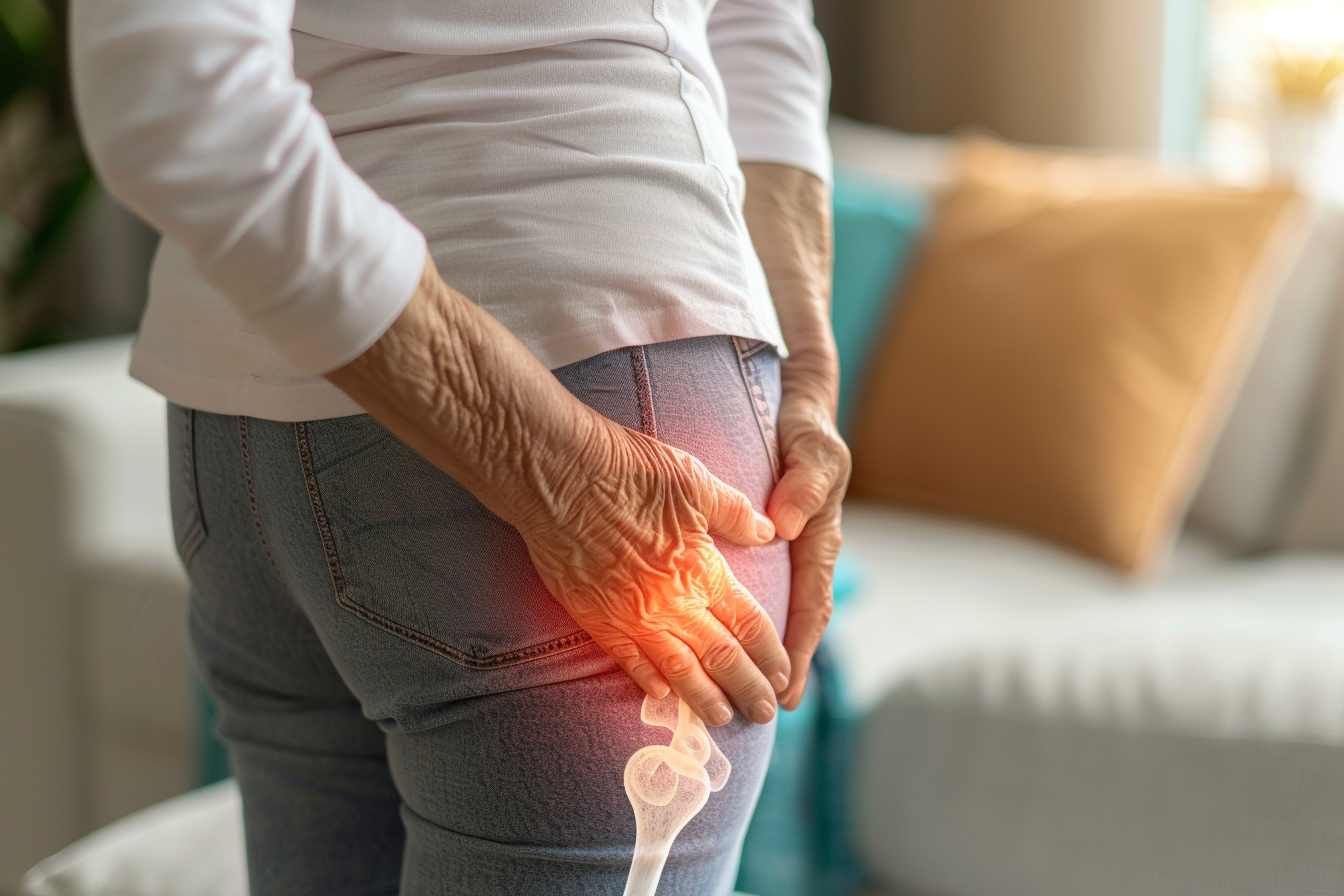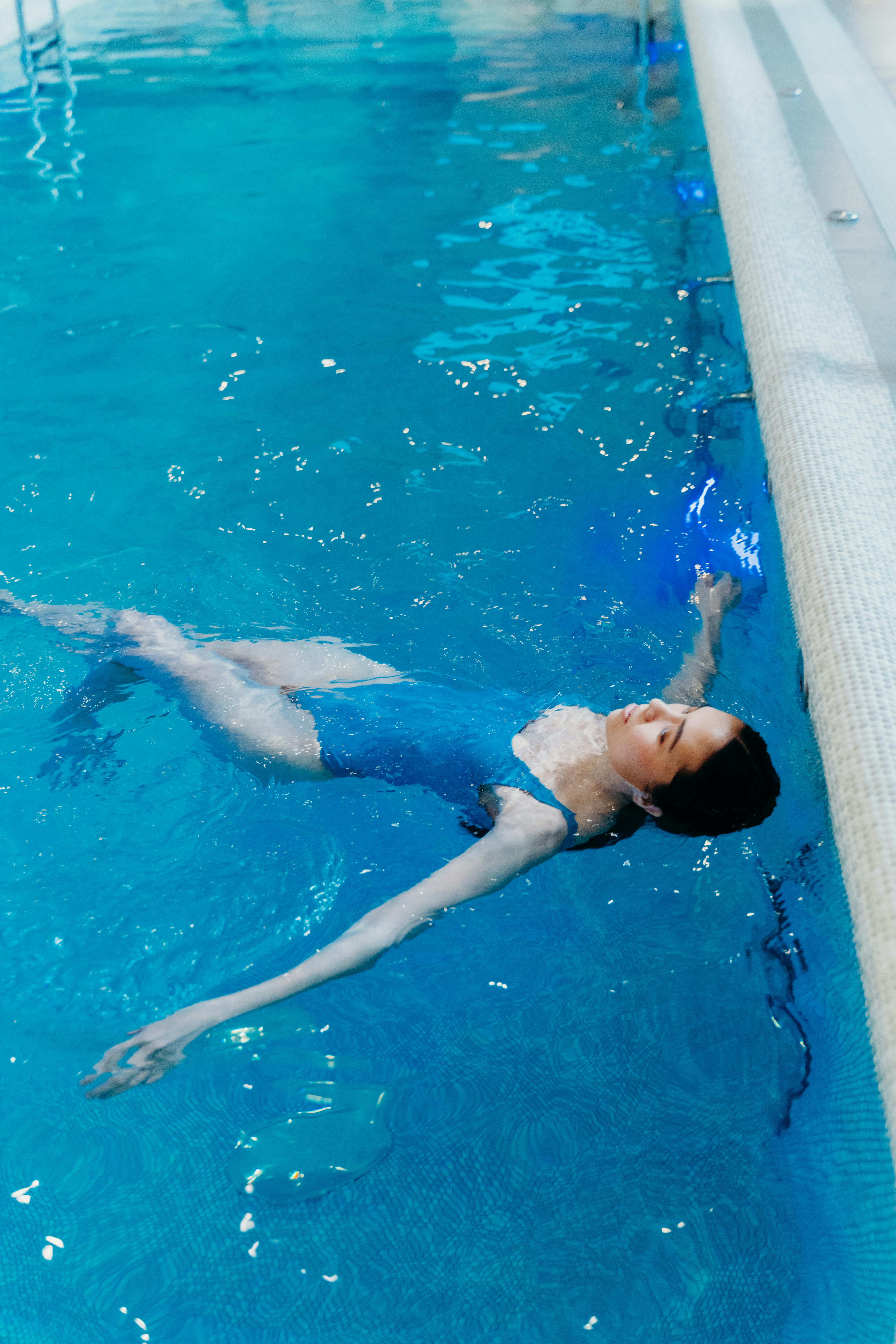Osteoarthritis treatment: approaches and self-management
Osteoarthritis is a common, long-term condition that affects the joints, causing pain, stiffness and reduced mobility. Treatment aims to relieve symptoms, maintain function and slow progression where possible. Management usually combines lifestyle changes, physical therapies, medications and—when appropriate—procedures or surgery. An individualized plan developed with healthcare professionals helps people maintain daily activities and quality of life while minimising medication side effects.

This article is for informational purposes only and should not be considered medical advice. Please consult a qualified healthcare professional for personalized guidance and treatment.
What is osteoarthritis and who is affected?
Osteoarthritis (OA) is a degenerative joint condition characterised by loss of cartilage, changes in bone around the joint, and varying degrees of inflammation. It most commonly affects knees, hips, hands and the spine. Risk factors include older age, prior joint injury, repetitive strain, obesity and genetics. Symptoms often develop gradually and vary in intensity; some people have mild discomfort, while others experience persistent pain and functional limitations that affect work, mobility and daily tasks.
How is osteoarthritis diagnosed?
Diagnosis is primarily clinical, based on medical history and physical examination. Doctors look for joint pain linked to movement or weight-bearing, reduced range of motion, joint crepitus and morning stiffness that usually improves with activity. Imaging such as X-rays can show joint space narrowing, osteophytes or bone changes, but imaging findings do not always match symptoms. Blood tests are used mainly to exclude inflammatory or systemic causes. A comprehensive assessment also considers functional impact, comorbidities and patient preferences when planning treatment.
Non-surgical treatment options
First-line management focuses on non-surgical measures. Exercise programmes that include strength training, aerobic activity and targeted joint mobility exercises reduce pain and improve function. Weight optimisation lowers joint load and is strongly recommended for people with knee or hip OA. Physiotherapy, occupational therapy and the use of walking aids or orthoses can support daily activities. Analgesics and non-steroidal anti-inflammatory drugs (NSAIDs) may relieve pain; topical NSAIDs are useful for some peripheral joints. Medication choice should balance effectiveness with potential side effects, especially in older adults.
Interventional treatments and injections
When symptoms persist despite conservative care, clinicians may consider injections or other interventional options. Intra-articular corticosteroid injections can provide short-term pain relief for flares, particularly in knees or shoulders. Hyaluronic acid injections are offered in some settings; evidence of long-term benefit is mixed. Emerging options such as platelet-rich plasma (PRP) have variable results in studies and are not universally recommended. Decisions about injections should be based on symptom pattern, previous response to therapy, and a discussion of likely benefits and risks with a specialist.
Surgical options and recovery
Surgery is reserved for people with severe pain or disability that does not respond to other treatments. Joint replacement (arthroplasty) of the hip or knee is a common and generally effective option for end-stage OA, reducing pain and improving function for many patients. Other procedures, like osteotomy, may suit younger people with focal joint damage. Recovery timelines vary: rehabilitation and physiotherapy after surgery are essential for regaining strength and mobility. Surgery carries risks, including infection and prosthesis issues, so the decision requires careful evaluation and informed consent.
Lifestyle, self-management, and finding care
Long-term management relies on self-management skills: pacing activities, using joint-protective techniques, and following exercise plans. Weight control, balanced nutrition and smoking cessation support overall joint health. Complementary approaches such as acupuncture, certain topical agents (e.g., capsaicin), and assistive devices may help some individuals, though evidence varies. To access appropriate care, look for local services such as primary care physicians, physiotherapy clinics, orthopaedic specialists and multidisciplinary musculoskeletal teams in your area. Tailoring treatment to personal goals, activity needs and comorbidities produces the best functional outcomes.
Conclusion
Osteoarthritis treatment combines evidence-based clinical interventions and practical self-management to reduce pain, preserve function and support quality of life. Early engagement with healthcare professionals can help define realistic goals and create a stepped approach—from conservative measures to interventional or surgical options when necessary. Regular review and adaptation of the plan are important as symptoms and life circumstances change.




